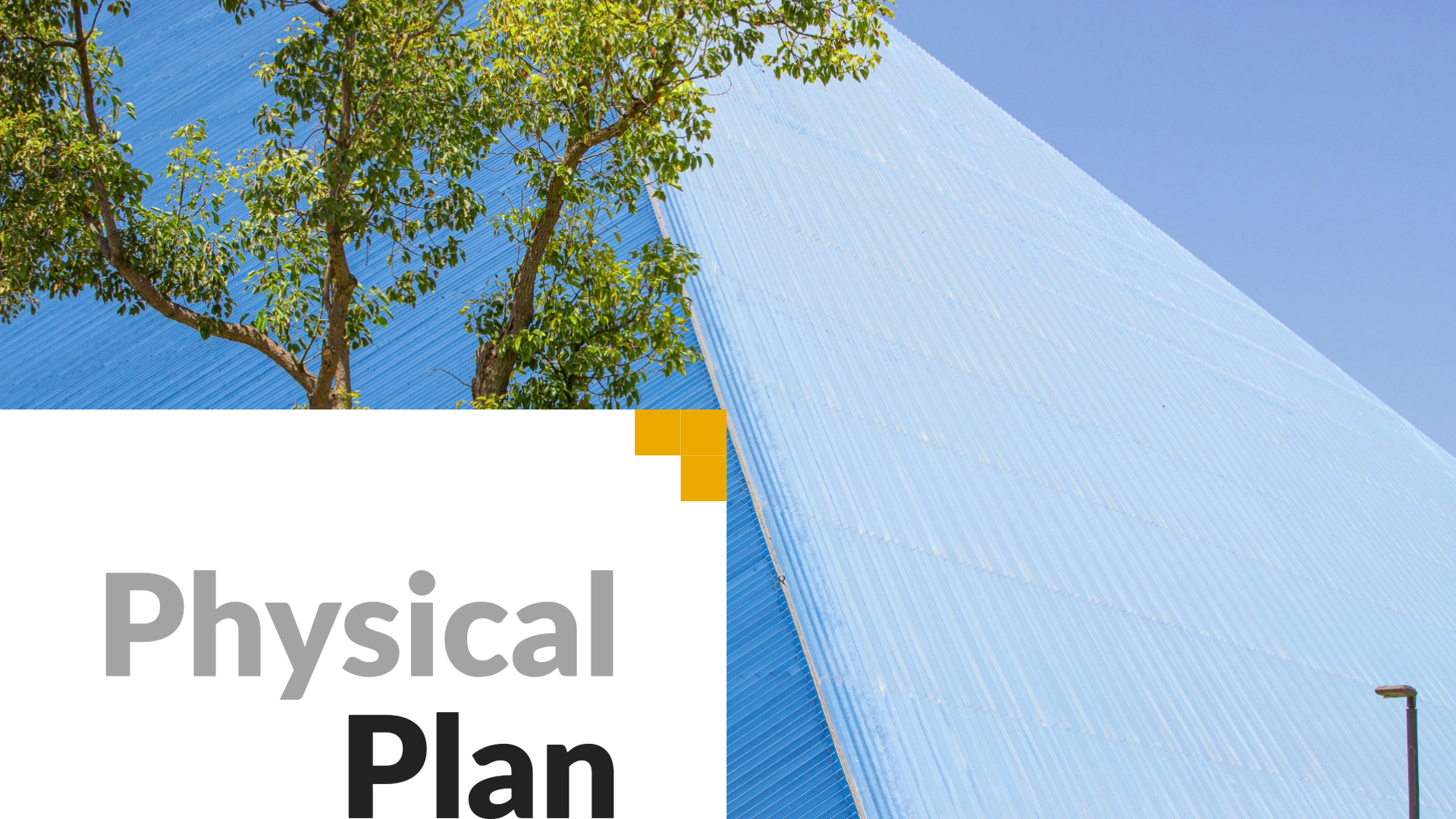How CSULB’s Physical Plan Supports Future Planning

From academics, to culture, to physical space, examining all areas of university operations is key to truly reimagine CSULB for the better.
The Beach 2030 strategic roadmap is bolstered by a proposed physical plan for the future of campus, developed by Beach Building Services, to reimagine outdated structures and modernize spaces at The Beach. A physical embodiment of the mission and vision articulated through Beach 2030, the campus master plan will work in tandem with The Beach’s strategic goals, supporting resilience and sustainability.
With a number of projects on the horizon, this plan presents opportunities to transform our campus with investments and innovations in access, student success, and our capacity for growth. It will provide a framework for land use, open space, facility development, and circulation, which university leaders will use to prepare and update capital improvement and development plans.
Strengthening our institution through bold, entrepreneurial, and forward-looking actions is a pillar of our efforts to cultivate resilience at CSULB. This proposed physical plan outlines new construction projects and renovations slated through 2035 that reflect a reimagining of campus through optimized space and enhanced efficiencies while identifying long-term strategies that can help guide future campus infrastructure initiatives.
Framed by six central themes, the proposed master plan update sets goals and planning principals that align with the strategic priorities articulated in Beach 2030, orienting future projects around being a student-ready campus, enhancing the campus experience, promoting a welcoming campus identity, championing sustainability and resilience, bolstering our capacity for growth, and fostering equity and accessibility.
Focused less on expanding the campus’ physical footprint and more on optimizing existing spaces, reimagining infrastructure and open spaces to foster flexible gatherings or create iconic campus landmarks is a key to these efforts.
With sustainability as a cental component, the plan considers environmental, economic, and social factors in its mission to achieve resiliency. Equitable access to resources and services is a priority in designing and building future projects. Meanwhile, a bold campus-wide mission to achieve carbon neutrality will guide future planning as campus design professionals aim to implement the university’s climate action and adaptation initiative through building choices that reduce carbon and energy use, build water resiliency into future planning, and promote multi-modal transportation.
As we fortify our institution to be resilient amid the ever-changing forces shaping higher education, the mission of Beach 2030 requires a full-bodied effort to synergize resources as we reimagine a sustainable and successful future for CSULB. The physical plan manifests our shared vision of Beach 2030, evolving our campus to meet the needs of learners today and tomorrow.





